I want to achieve parallel computing by Python multiprocessing module, so I implement a simulated calculation to test whether I can use multiple CPU cores. I found a very strange thing that a single process can achieve 8 CPU usage of 100% on Windows Subsystem for Linux(WSL) on my desktop rather than only one CPU usage of 100% on Ubuntu on Lab's server. Like this:

And this is the contrast:

Furthermore, I found that using multiple processes does not reduce the time cost on WSL on my desktop, but which indeed largely reduce the time cost on Ubuntu on Lab's server. Like this:

(Here I run 6 processes and running a single process on Lab's server needs about 440s.)
And this is the contrast:

(Here I run 3 processes and running a single process on my desktop needs about 29s.)
Here is my Python source codes:
import numpy as np
import time
import os
import multiprocessing as mp
PROCESS_MAX = 1
LOOPS = 1
process_list = []
def simulated_calculation():
x = np.random.rand(100, 100)
y = np.random.rand(100, 100)
z = np.outer(x, y)
determinant = np.linalg.det(z)
def child_process(name):
for i in range(LOOPS):
print("The child process[%s] starts at %s and its PID is %s" % (str(name), time.ctime(), os.getpid()))
simulated_calculation()
print("The child process[%s] stops at %s and its PID is %s" %(str(name), time.ctime(), os.getpid()))
def main():
print("All start at %s" % time.ctime())
print("The parent process stars at %s and its PID is %s" % (time.ctime(), os.getpid()))
start_wall_time = time.time()
for i in range(PROCESS_MAX):
p = mp.Process(target = child_process, args = (i + 1, ))
process_list.append(p)
p.daemon = True
p.start()
for i in process_list:
i.join()
stop_wall_time = time.time()
print("All stop at %s" % time.ctime())
print("The whole runtime is %ss" % str(stop_wall_time - start_wall_time))
if __name__ == "__main__":
main()
I hope someone can help me. Thanks!